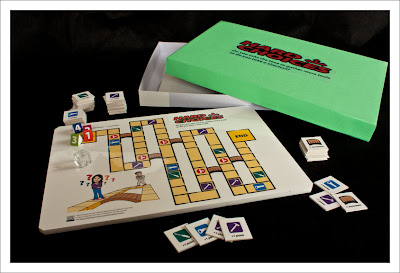Introducing change anywhere is hard and I struggle to improve our development process. Two of the problems that I face are that agile methods do not seem well known, at least among my colleagues, and a belief that such techniques may work in America but would not work in Japan. This made me especially happy to be able to attend Agile Japan 2011 because the keynote speaker was Linda Rising, talking about introducing change, and it was a chance for my colleagues to see that Agile is used in Japan.
The main conference was held in Tokyo but there were 10 satellite conferences held around Japan, from Okinawa to Hokkaido, including one in Sendai. Because there was a satellite conference in Osaka it was easy for me to take the whole team. Initially I was expecting just a video link to Tokyo, and this was the case for the morning session. But for the afternoon they had a local program – with parallel sessions! There seemed to be about 60 attendees in Osaka.
In the keynote from Linda Rising she discussed her favourite patterns from “Fearless Change.” I had read this book some time ago and it was a nice refresher of the patterns. I will definitely have to re-read the book again. The comment that seemed to resonate most was “Just do it!”. This presentation is now on YouTube
The first presentation in Osaka in the afternoon was by Kawabata Mitsuyoshi of Agileware talking about the 5 eXtreme Programing values. The most interesting part of this presentation for me was the specific difficulties of doing agile in Japan. XP values face to face communication but often when you want to discuss an issue the response is “I will send an email” or “let’s discuss it later.” This is something I have noticed myself with developers using email to “communicate” with someone a few meters away. I doubt that this problem is unique to Japan though.
The second session I attended in the afternoon was a workshop by Tarumoto Tetsuya on Usability Testing and more specifically DIY usability testing when you can’t afford or wait for a professionally run usability test. This included a very interesting description of the usability testing for the Suica contactless smart card used for JR railways in Tokyo.
To demonstrate how to run a test, asking the users what they are thinking rather than asking them their opinion of the software being tested the workshop included a Kanji game. Unfortunately this was completely impossible for me, lacking the many years of hard study of Kanji which all Japanese have at school.
Overall the conference was very well run, had some interesting presentations and I definitely hope that there will be an Agile Japan 2012 and that I will be able to go.

